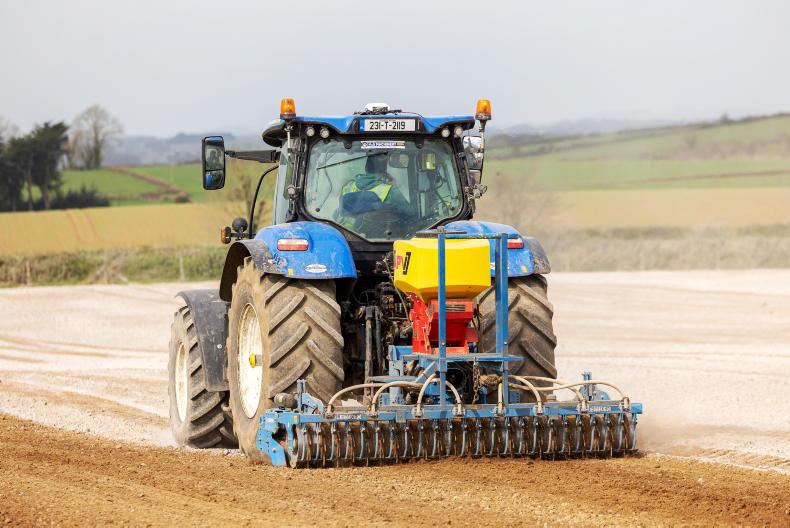Farmers in attendance at Moorepark 2023 saw a variety of data on labour inputs on dairy farms in the working effectively village, where recent research revealed that an increase in on-farm cow numbers did not drastically affect the working hours per week.
A time-use study completed on 76 farms in 2019 revealed that the average working week for the spring period (February to April) consisted of the farmer working for 64.1 hours/week, with the labour input at 9.4 hours per cow over this three-month period.
Milking and calf care accounted for 98% of all spring labour input.
When the study was completed in spring 2021, with 57 of the original farmers partaking in the study once again, it was found that while cow numbers increased by 10% (145 cows to 160 cows) on the farms, the total labour input for the spring period only increased by 3% (1,364 hours compared with 1,403 hours).
Farm labour efficiency improved by 7% (9.4 hours/cow to 8.8 hours/cow). The farmers in the study worked 64.1 hours/week in spring 2019 compared with 64.5 hours/week in 2021.
Investments in milking and calf-rearing protocol
A proportion of these farms had invested in infrastructure or had adopted different protocols to improve labour efficiency.
Four farms that built new parlours or had added additional cluster units to existing parlours improved milking efficiency by 15% (2.89 hours/cow to 2.45 hours/cow).
Farmers also involved in the study made substantial calf care changes, including construction of new calf-housing facilities, installing automatic calf feeders, selling male calves and contracting female calves pre-weaning.
The greatest improvement in labour efficiency with calves was seen on the eight farms that installed automatic calf feeders, where labour efficiency improved by 23% (1.76 hours/cow to 1.36 hours/cow).









SHARING OPTIONS